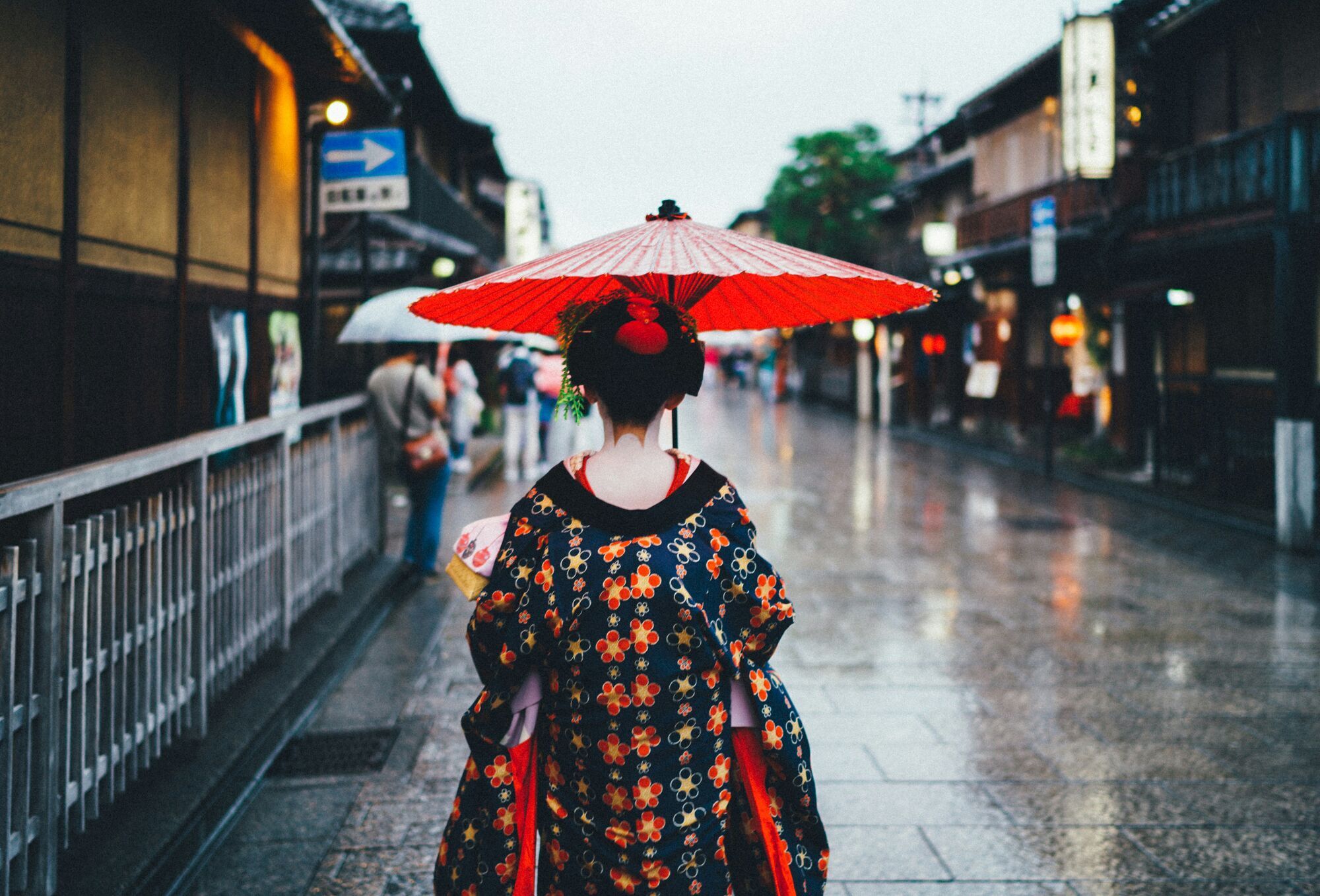A Comprehensive Guide to Traveling in Japan: Essential Tips for a Seamless Journey

Japan, a country where ancient traditions seamlessly coexist with modern innovation, is a top destination for travelers worldwide. From the neon-lit streets of Tokyo to the serene temples of Kyoto, Japan offers an unforgettable experience for every kind of visitor. However, navigating this culturally rich and technologically advanced nation requires some preparation. This practical guide offers essential advice to ensure your journey in Japan is smooth, enriching, and respectful of local customs.
Efficient Travel: Mastering Japan’s Transportation System
One of the most impressive aspects of traveling in Japan is its ultra-efficient transportation network. The country is renowned for its shinkansen (bullet trains), which make getting between major cities both quick and convenient. For visitors planning to travel extensively, purchasing a Japan Rail Pass is a smart move. Available only to foreign tourists, this pass allows unlimited travel on JR trains, including the shinkansen, for a fixed period (typically seven, 14, or 21 days). It offers great value, especially for long-distance trips between cities like Tokyo, Osaka, and Hiroshima.
For local travel within cities, Japan’s metro systems are equally efficient and user-friendly. Most major cities, including Tokyo, Kyoto, and Osaka, have well-organized subway and bus networks. Consider using IC cards such as Suica or Pasmo, which can be pre-loaded with credit and used across various transportation modes, including buses and trains. These cards simplify travel by eliminating the need to buy individual tickets for every journey.
Embrace Japanese Etiquette: A Key to Cultural Immersion
Understanding and respecting Japanese customs is key to having a positive experience. Japan places a high value on politeness, and small gestures go a long way in making a good impression. Bowing is the customary form of greeting, but a simple nod of the head will suffice for visitors. When visiting temples, shrines, or someone’s home, it’s important to remove your shoes before entering. Many places will provide slippers for indoor use.
Another important aspect of Japanese etiquette is the quiet and respectful atmosphere in public spaces. On public transportation, for instance, speaking loudly or talking on the phone is considered rude. While some trains have "quiet cars," it’s generally a good rule to keep conversations subdued, especially during rush hours.

Japan’s trash disposal system is also unique. Public trash bins are rare, so travelers should carry their waste with them until they find a proper disposal site. Recycling is taken seriously, with different bins for plastic, paper, and general waste. Learning these small but significant cultural norms can enhance your travel experience and show respect for local practices.
Accommodations: Traditional vs. Modern Lodging
One of the highlights of visiting Japan is the opportunity to stay in a traditional ryokan (Japanese inn). Ryokans offer an immersive experience into Japanese culture, from sleeping on futons laid out on tatami mats to enjoying multi-course kaiseki meals featuring seasonal, locally sourced ingredients. Many ryokans also feature onsen (hot spring baths), providing travelers with a serene and rejuvenating experience.
For those who prefer modern conveniences, Japan also boasts a wide range of hotels, from luxury international chains to budget-friendly business hotels. Business hotels are compact but highly functional, offering everything a traveler might need for a short stay, including free Wi-Fi and sometimes even breakfast. Capsule hotels, with their minimalist sleeping pods, are another unique option, especially for budget-conscious travelers or those seeking a one-night stay.
Language Tips: Navigating with Limited Japanese
While English is spoken in some tourist areas, Japan remains a predominantly Japanese-speaking country. However, this language barrier shouldn’t deter visitors. Many signs in major cities, train stations, and tourist destinations are translated into English, and people in service industries often have basic English skills.
That said, learning a few key phrases in Japanese can enhance your travel experience. Simple greetings like "Konnichiwa" (Hello), "Arigatou gozaimasu" (Thank you very much), and "Sumimasen" (Excuse me/I’m sorry) are useful in daily interactions. Additionally, carrying a translation app can be helpful for more complex conversations, especially when dining at restaurants where English menus might not be available.

Dining in Japan: A Culinary Adventure
Japan is a paradise for food lovers, offering everything from Michelin-starred restaurants to street food stalls. While sushi and ramen are internationally famous, Japanese cuisine is incredibly diverse. In Kyoto, try kaiseki, a traditional multi-course meal that highlights seasonal ingredients and artistic presentation. Osaka, often referred to as Japan’s kitchen, is famous for street foods like takoyaki (octopus balls) and okonomiyaki (savory pancakes).
Dining etiquette in Japan differs slightly from Western customs. It’s customary to say "Itadakimasu" before eating, which expresses gratitude for the meal, and "Gochisousama deshita" after finishing, to thank the cook. When eating noodles, slurping is not only acceptable but encouraged—it shows appreciation for the dish. However, tipping is not practiced in Japan, as excellent service is considered standard.
Explore Beyond the Cities: Discover Japan’s Natural Beauty
While Japan’s cities are hubs of culture and innovation, the country’s natural beauty is equally captivating. The Japanese countryside is filled with stunning landscapes, from the iconic snow-capped peak of Mount Fuji to the tranquil waters of Lake Biwa. In the northern region of Hokkaido, fall and winter offer picturesque views of forests blanketed in vibrant colors or snow, while southern areas like Okinawa provide tropical beaches and crystal-clear waters.
Hiking enthusiasts should not miss the Kumano Kodo pilgrimage trails, a network of ancient paths winding through sacred mountains in Wakayama Prefecture. The trails offer not only physical challenge but also spiritual reflection, with opportunities to visit temples, shrines, and onsen along the way.
Cash is Still King
While Japan is known for its technological advancements, cash remains the preferred method of payment in many places, particularly in rural areas or at smaller businesses. Although credit cards are accepted in larger stores and hotels, it’s wise to carry yen for smaller transactions, especially in local markets, traditional inns, and rural regions. ATMs at 7-Eleven convenience stores and post offices often accept international cards, making it easy for travelers to withdraw cash when needed.



















